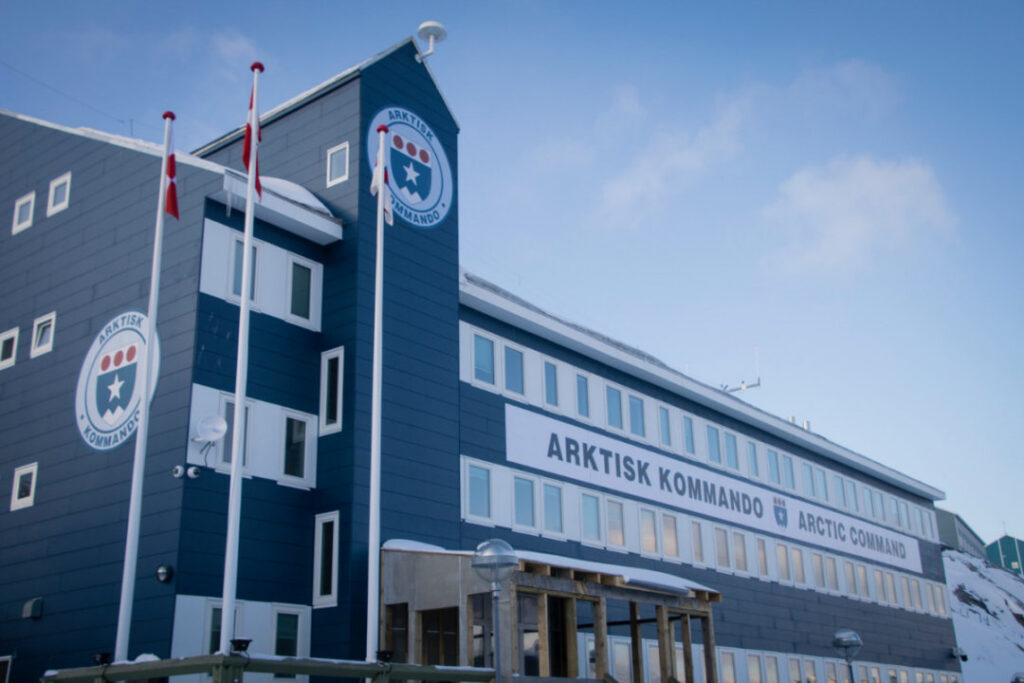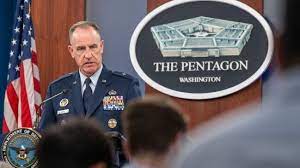Greenland’s government, Naalakkersuisut, and the Danish Foreign Ministry have for the first time agreed to send a Greenlandic diplomat to NATO to represent the remote part of the Danish Realm.
“It is important that Greenland increases its insight into the security policy development in the High North and NATO’s focus on the region,” Greenland’s Department for Foreign Affairs, Business and Trade said in a statement.
“It is also important that NATO increases its understanding of the special conditions of our region and our society, and familiarizes itself with our interests, our values and priorities,” Greenlandic Minister for Foreign Affairs, Business and Trade Vivian Motzfeldt said.
Lida Skifte Lennert, who has 25 years of experience in Greenland’s central administration behind her, will become the island nation’s first permanent representative at the US-led alliance’s headquarters in Brussels.
Greenland, the remotest part of the Danish Realm, has recently become a key area of US and NATO interest amid the military build-up in the far north. The US opened a consulate in Greenland’s capital Nuuk and has shown a keen desire to secure access to the rare minerals found in the Greenlandic depths. In 2019, former US President Donald Trump notoriously shocked Denmark with an surprise offer to buy Greenland, but received a cold shoulder from Copenhagen.
In recent years, the Arctic has returned to the top of the US security and defense agenda. Already in the Pentagon’s 2019 Arctic strategy the region was designated as a potential corridor for strategic competition, particularly with Russia and China. Denmark, too, has placed a greater emphasis on the military upgrade of its faraway territories, the Faroe Islands and Greenland.
The world’s largest island has notoriously harsh weather conditions, a dramatic lack of infrastructure and a slim 55,000 population, in which native Inuit comprise a majority. Nevertheless, it has since World War II repeatedly hosted US military bases, most notably the Thule Air Base, the northernmost US military installation, located some 1,500 kilometers from the North Pole, and the now-defunct Sondrestrom Air Base, which was turned over to the Greenlandic government in 1992. The Thule Base remains intact and plays a key role in the US military’s ability to detect and provide early warnings for ballistic missile attacks. It also harbors the world’s northernmost deepwater port and was promised an upgrade in 2022.
Camp Century that operated between 1959 and 1967 at the height of the Cold War, was yet another sign of US involvement on the island. The ice-cap base was intended as a platform for nuclear launches that could survive a first strike from the enemy. However, the missiles were never fielded and the necessary consent from the Danish government to do so was never achieved. Subsequently, the project was aborted as unfeasible as the ice sheet was realized to lack the necessary stability. Nevertheless, the project ran a nuclear reactor that was later removed. Still, hazardous waste buried under the ice has since become an environmental concern, particularly in recent years.
Earlier this year, Denmark Proper and the US were reported to be negotiating a new defense cooperation agreement, which was confirmed by Danish Foreign Minister Lars Lokke Rasmussen. He also said that the agreement should create “the possibility of a permanent American presence.”
Greenland received home rule in 1979 and passed a self-rule law in 2009, which would allow the island to declare full independence, but it would have to be approved by a referendum among the Greenlandic people. There are several parties in Greenland pushing for full independence from Denmark.
A string of polls have consistently indicated that while there is a clear majority for full independence among Greenlanders, there is clear opposition to it, if it were to imply a fall in living standards. Currently, Greenland is dependent on an annual subsidy of around $600 million from Copenhagen, which accounts for about two-thirds of the island’s budget and one-quarter of the nation’s entire GDP. The rest of the economy relies on fisheries and tourism. Payments from the US for the network of military installations also play a part.
Source: Sputnik news agency




